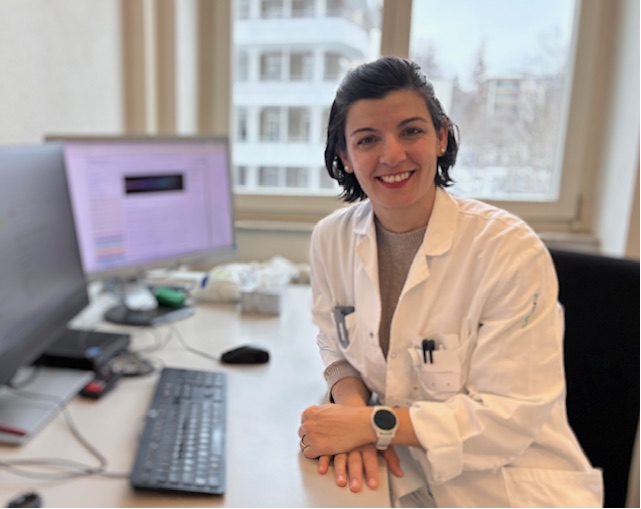Author: Prof. William Sellers, Broad Institute of Harvard and MIT, Cambridge, MA, USA
Over the last two decades, we have made great strides in understanding the genetic basis of many cancers. However, we are still at the beginning of a technological revolution for genetical analysis. The discovery of CRISPR (Clustered Regularly Interspaced Short Palindromic Repeats) and its exploitation in editing – adding or removing – genes has been a landmark discovery for research in the field of oncology and will hopefully impact the therapy of cancer. CRISPR is a highly efficient tool to aid functional genomics, to help us understand whether the loss of a target is relevant to a cancer and could be the basis of anticancer therapies. There are also some cancers, such as small-cell lung cancer, for which the underlying genetics have not yet offered possibilities of being exploited as therapeutic targets, but CRISPR may help identify genetic factors that contribute to the progression of the disease.
Context specificity is everything when it comes to identifying a druggable target. Some chemotherapies target broad cellular functions, such as DNA replication, and while often efficacious, this may be at the cost of toxicity. A more intuitive approach is to assess the target first and then create a drug, rather than the traditional – and riskier – approach of creating a drug and then testing its effect. CRISPR technology is being used in this regard to help create high throughput screens to assess the tractability of potential targets.
I believe a major step forward in cancer therapy will come from the ability to specifically target multiple genes simultaneously. We know there is a significant functional redundancy in the human genome where two very similar genes provide highly overlapping functions. Yet, we don’t yet fully understand how this translates to cancer cells – whether or not these redundant genes have functional redundancies in malignant cells. For instance, inhibitors of MEK actually inhibit both MEK1 and MEK2 and this is probably important for the effect of these drugs. Similarly, having the ability to selectively inhibit or knock out a combination of two closely related genes within a family, like the Raf kinase family, will likely teach us about what drives a clonally diverse cancer and how to develop more effective therapeutics.
The hope is that defining the extent to which such functionally redundant genes or gene families jointly maintain cancer viability will direct us towards highly effective treatment strategies.
Session details:
- Keynote Lecture ‘Linking genetic alterations to dependencies for new cancer therapeutics’, ESMO Virtual Meeting 2020, 18 October 2020, 13:45 – 14:15, Channel 1






